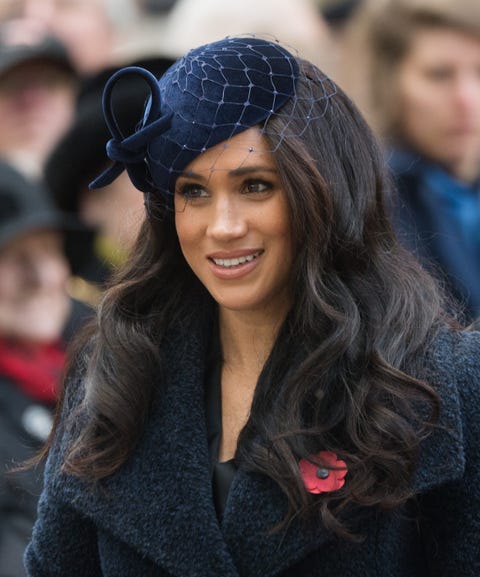
Samir HusseinGetty Images
Prince Harry and Meghan Markle will soon travel back to the UK for a final round of engagements, before their new arrangement officially takes effect at the end of March. This week, a loose itinerary was revealed for the trip—but it may not have been complete.
According to the Telegraph, Prince Harry has an additional public engagement slated for the couple's 12-day visit (an event in Scotland promoting his sustainable travel initiative, Travalyst) and Meghan has some more under-the-radar plans in the works.
The Duchess is "expected to run her own series of private engagements" alongside her previously announced public appearances (those would be the Endeavour Fund Awards on March 5, the Mountbatten Music Festival on March 7, an International Women's Day event on March 8, and the Commonwealth Day service on March 9). The Telegraph reports that, as with the Duchess's private engagements in the past, these visits will likely be shared after the fact on social media.
Some royal watchers had hoped that Meghan might make an appearance at a British Vogue event with Salma Hayek on March 7, which seems to have a connection to the Duchess's guest-edited issue of the magazine, titled "Forces for Change." Vogue editor-in-chief Edward Enninful announced the discussion on Instagram this week, calling it "the very first @BritishVogue #ForcesForChange event" in a caption, and promising Hayek and "a host of my dear friends" would join him for a talk. However, sources tell the Telegraph that she won't attend, noting that she's scheduled to attend the Mountbatten Music Festival alongside Harry that day.
https://news.google.com/__i/rss/rd/articles/CBMiaWh0dHBzOi8vd3d3LnRvd25hbmRjb3VudHJ5bWFnLmNvbS9zb2NpZXR5L3RyYWRpdGlvbi9hMzEwNDExMzkvbWVnaGFuLW1hcmtsZS1zZWNyZXQtdmlzaXRzLXVrLXRyaXAtcmVwb3J0L9IBa2h0dHBzOi8vd3d3LnRvd25hbmRjb3VudHJ5bWFnLmNvbS9zb2NpZXR5L3RyYWRpdGlvbi9hbXAzMTA0MTEzOS9tZWdoYW4tbWFya2xlLXNlY3JldC12aXNpdHMtdWstdHJpcC1yZXBvcnQv?oc=5
2020-02-23 12:30:00Z
52780622608461



